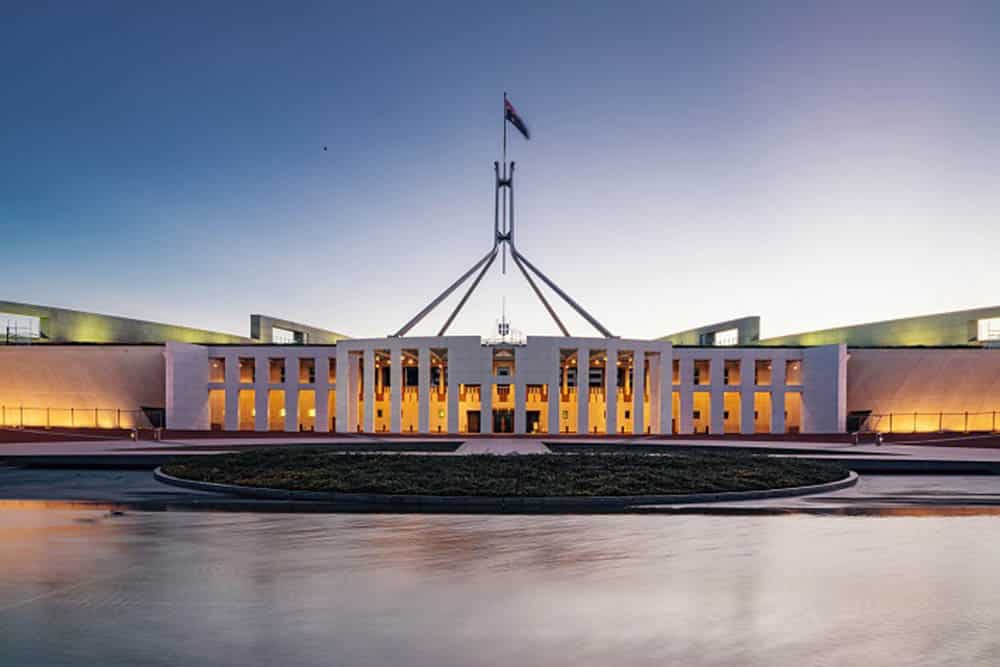The COVID-19 pandemic has had a profound impact on Australia’s health system, community and economy. The Government has provided $257 billion in support to cushion the economic impact of COVID-19. In doing so, the Treasurer had the unenviable task of revealing the Budget deficit will increase to $213.7 billion this year.
The focus of the 2020/21 Budget is the path to recovery with the plan focused on growing the economy so Australia can create jobs, increase economic resilience and create a more competitive and income generating economy.
From a pure financial planning and wealth perspective, the positive news from this year’s Budget is that the changes are minimal and largely positive in nature. From personal tax cuts from 1 July 2020, tax free payments for certain welfare recipient as well as some enhancements to the superannuation system, there is something for nearly everyone in this Budget. Of particular significance this year, there is no significant tinkering of our superannuation system. The rumoured changes to super guarantee arrangements has not eventuated, and there has been no further extension of the early access measure.
Below provides an overview of the measures announced in this year’s Federal Budget.
It is always important to remember that at this point, the Budget night announcements are only statements of intended change and are not yet law. A Financial Adviser can help outline what these measures may mean for you.
Personal Tax Cuts
Australian taxpayers are set to benefit immediately as the Government plans to bring forward the tax cuts in Stage 2 of the Personal Income Tax Plan from 1 July 2022 to 1 July 2020. Key highlights of this measure include the following:
- The top threshold of the 19% personal income tax bracket will increase from $37,000 to $45,000.
- The top threshold of the 32.5% personal income tax bracket will increase from $90,000 to $120,000.
- The low income tax offset (LITO) will increase from $445 to $700. The increased LITO will be withdrawn at a rate of 5 cents per dollar between taxable incomes of $37,500 and $45,000. The LITO will then be withdrawn at a rate of 1.5 cents per dollar between taxable incomes of $45,000 and $66,667.
- The low and middle income tax offset (LMITO) will be retained for the 2020-21 financial year.
Importantly, the already legislated tax cuts will see 95 per cent of taxpayers face a marginal tax rate of no more than 30 cents in the dollar from 1 July 2024.
Additional payments for eligible social security recipients
Two separate $250 payments will be made to eligible Australians in receipt of certain income support payments including the age pension, carer payment and family tax benefits, and also health care cardholders. An individual may be eligible to receive both $250 payments, however they can only receive one $250 per round even if they qualify per round in multiple ways.
The payments will be exempt from taxation and not count as income for Social Security purposes.
Your future, your super
This year’s Federal Budget has made enhancements to the super system to ensure your super is working harder for you. These are summarised below:
- From 1 July 2021, you will keep your super fund when you change jobs, stopping the creation of unintended multiple super accounts and the erosion of your super balance.
- Creation of the YourSuper comparison tool to help you decide which super product best meets your needs.
- By 1 July 2021, MySuper products will be subject to an annual performance test. If a fund is deemed to be underperforming, it will need to inform its members of its underperformance by 1 October 2021.
Importantly, the rumoured changes to super guarantee (SG) arrangements have not eventuated so this means that from 1 July 2021, the rate of SG will start its gradual half percent increase per annum from the current 9.5% up to 12% by 1 July 2025.
Temporary loss carry-back provisions for business with turnover less than $5 billion
To support business cash flow, eligible companies will be able to carry back tax losses from the 2019/20, 2020/21 or 2021/22 income years to offset previously taxed profits in 2018/19 or later income years.
Companies with an aggregated turnover of less than $5 billion can apply tax losses against taxed profits in the previous years noted, generating a refundable tax offset in the year in which the loss is made.
Temporary full expensing of eligible capital assets
Business with aggregated annual turnover of less than $5 billion will be able to deduct the full cost of eligible capital assets acquired from 7:30pm AEDT on 6 October 2020 (Budget night) and first used or installed by 30 June 2022.
Full expensing in the year of first use will apply to new depreciable assets and the cost of improvements to existing eligible assets.
Businesses with aggregated annual turnover of less than $50 million can also apply full expensing to second-hand assets.
Businesses with aggregated annual turnover between $50 million and $500 million can still deduct the full cost of eligible second-hand assets costing less than $150,000 that are purchased by 31 December 2020 under the enhanced instant asset write-off. These businesses will have an extra six months, until 30 June 2021, to first use or install those assets.
Businesses with aggregated annual turnover of less than $10 million can deduct the balance of their simplified depreciation pool at the end of the income year while full expensing applies. The provisions which prevent small businesses from re-entering the simplified depreciation regime for five years if they opt-out will continue to be suspended.
Qualifying business will benefit from improved cash flow, with any capital investment brought forward to benefit the greater economic recovery.
Retirement Income Covenant pushed back
The retirement income covenant requires trustees to consider the retirement income needs and preferences of members. This allows for greater choice in how members take their superannuation benefits in retirement. While this was due to commence from 1 July 2020, the Government has announced it will be pushed back to 1 July 2022 to allow continued consultation and legislative drafting to take place during COVID-19. This will also allow finalisation of the measure to be informed by the Retirement Income Review.
This document has been prepared by BT, a part of Westpac Banking Corporation ABN 33 007 457 141 AFSL and Australian Credit Licence 233714 (Westpac) and is current as at 6 October 2020.
The information in this document regarding taxation and legislative change is based on policy announcements which are yet to be passed as legislation and may be subject to future change.
This information does not take into account your personal objectives, financial situation or needs and so you should consider its appropriateness, having regard to these factors before acting on it.







